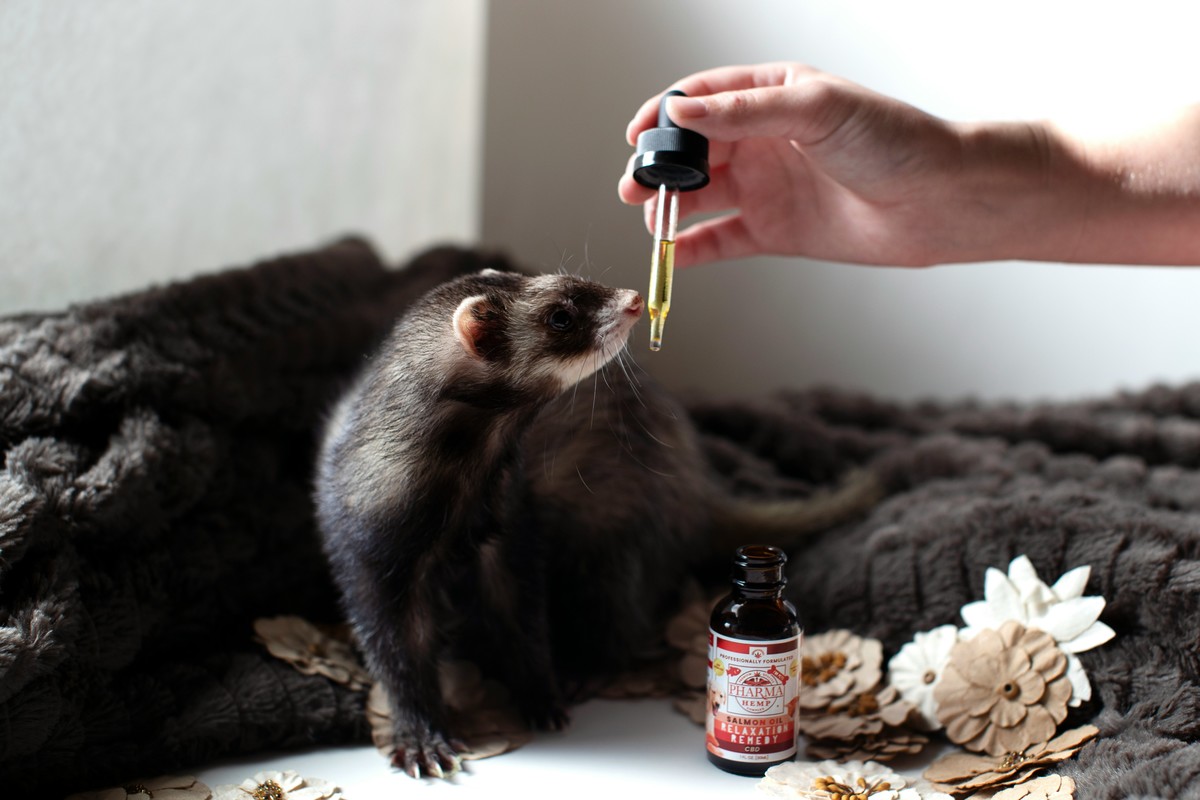Pet insurance is often misunderstood, leading to several misconceptions that can prevent pet owners from considering it. Let’s debunk some of the most common misconceptions about pet insurance and set the record straight.
Misconception 1: Pet insurance is too expensive.
Many people believe that pet insurance is unaffordable, but the reality is that there are plans to fit various budgets. While comprehensive coverage can be costly, there are also more affordable options that cover basic accidents and illnesses. Additionally, the cost of insurance can be much lower than the cost of unexpected veterinary bills. Isn’t it worth paying a small monthly premium to avoid a massive bill later on?
Misconception 2: Pet insurance doesn’t cover pre-existing conditions.
It’s true that most pet insurance policies don’t cover pre-existing conditions, but that doesn’t mean they’re useless. Many policies will cover new conditions that arise after the policy starts, and some even cover cured pre-existing conditions that haven’t shown symptoms for a certain period. It’s important to read the policy details carefully and understand the exclusions.
Misconception 3: I don’t need pet insurance because my pet is healthy.
While it’s great that your pet is healthy now, accidents and illnesses can happen unexpectedly. Pet insurance is there to provide financial protection in case something goes wrong. Think of it as a safety net – you hope you never need it, but it’s invaluable when you do.
Misconception 4: All pet insurance plans are the same.
This couldn’t be further from the truth. Pet insurance plans vary widely in terms of coverage, cost, and customer service. Some plans cover routine care, while others don’t. Some have high deductibles and low premiums, while others have low deductibles and higher premiums
This couldn’t be further from the truth. Pet insurance plans vary widely in terms of coverage, cost, and customer service. Some plans cover routine care, while others don’t. Some have high deductibles and low premiums, while others have low deductibles and higher premiums. It’s essential to compare plans and choose one that fits your specific needs and budget. Researching and reading reviews can help you find the best plan for your pet.
Misconception 5: Pet insurance isn’t worth it for older pets.
While it’s true that premiums for older pets can be higher, pet insurance can be incredibly valuable for senior pets who are more prone to health issues. Many insurers offer plans specifically designed for older animals, covering common age-related conditions like arthritis and heart disease. Even if your pet is older, getting insurance can help manage the cost of their care and ensure they receive the treatments they need to stay healthy and comfortable.
Misconception 6: Filing a claim is too complicated.
Many pet owners worry that the process of filing a claim will be complicated and time-consuming. However, most pet insurance companies have streamlined their claim processes to make it as easy as possible. Many offer online submission, and some even have mobile apps that allow you to submit claims with just a few clicks. Keeping good records and understanding your policy will help make the process smoother.
Misconception 7: You can’t choose your vet with pet insurance.
Unlike some human health insurance plans, most pet insurance policies allow you to choose any licensed veterinarian. This means you can continue to see your trusted vet or visit specialists without worrying about network restrictions. This flexibility is one of the significant benefits of pet insurance.
Misconception 8: Pet insurance only covers emergencies.
While many pet insurance policies cover emergencies, they often include much more. Most plans cover illnesses, chronic conditions, surgeries, medications, and sometimes even preventive care like vaccinations and dental cleanings. Understanding the full extent of your coverage can help you make the most of your policy.
Misconception 9: It’s better to save money for vet bills instead of buying insurance.
While saving money for vet bills is a good idea, it can be challenging to save enough to cover significant, unexpected expenses. A serious illness or accident can cost thousands of dollars, and having insurance ensures you can afford the best care for your pet without depleting your savings. Pet insurance provides a financial safety net that savings alone might not offer.
Misconception 10: Pet insurance companies will deny claims to avoid paying.
Reputable pet insurance companies are in the business to help pet owners, not deny them. While it’s essential to understand your policy and what it covers, most insurers aim to process claims fairly and efficiently. Reading reviews and choosing a well-regarded company can help ensure you have a positive experience.
In conclusion, pet insurance can be a valuable tool for managing your pet’s health care costs and ensuring they receive the best possible care. By understanding and dispelling these common misconceptions, you can make an informed decision about whether pet insurance is right for you and your furry friend.



